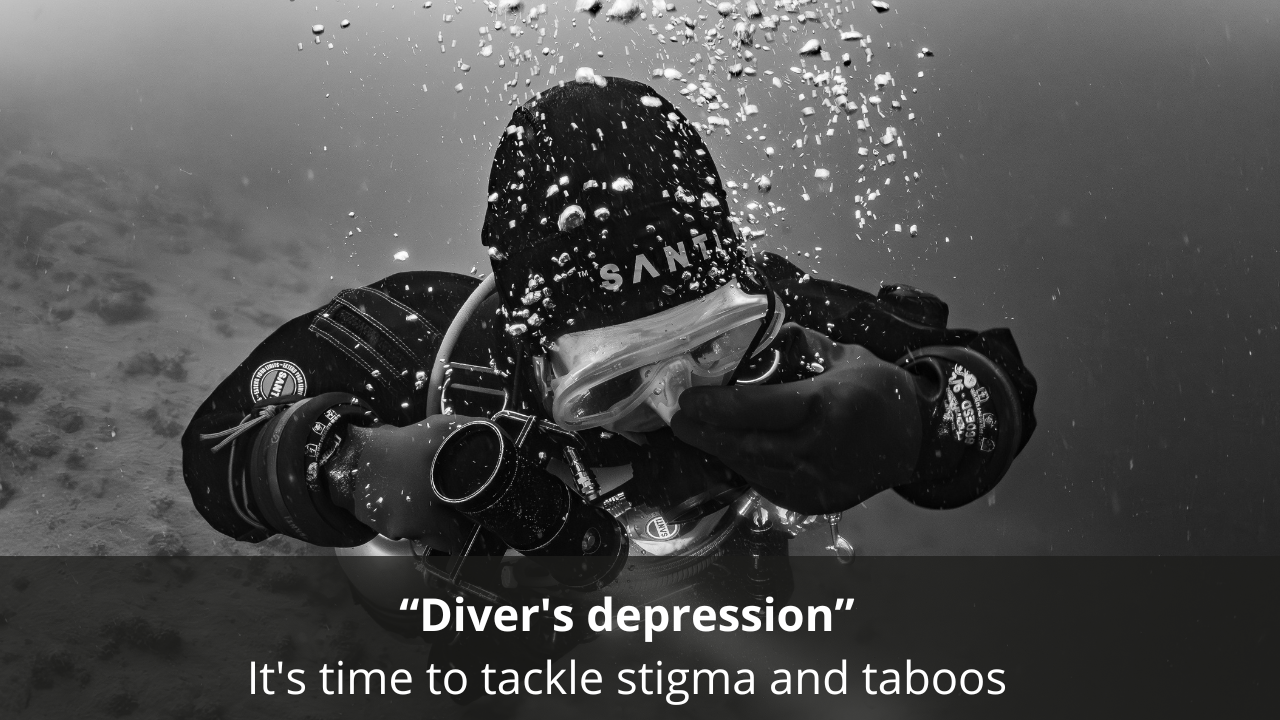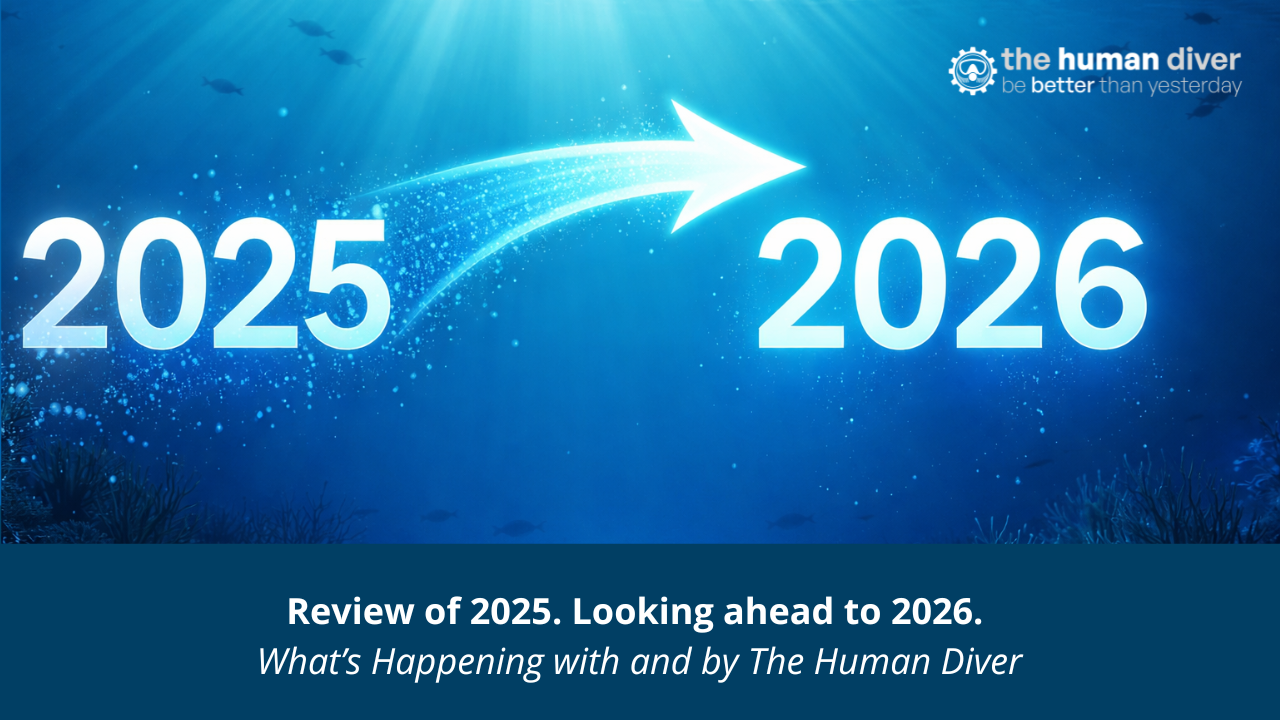
Whose job is it to create change?
Jan 28, 2023A contact of mine recently described an occasion where he was delivering some fire safety training and noticed that a fire extinguisher was blocked in by other equipment. He said to the class that he had just noticed this but had missed it earlier when the class had started. The class didn’t say anything. Following another prompt, one of the class responded and said “you’re the fire safety guy, why don’t you address it?” Again, the contact didn’t say anything but pointed out that he hadn’t seen it to start with, but now he had, what should be done? After two or three more prompts, finally, one of the class got up and moved the obstructions which prevented access to the fire extinguisher…how often do you see things that don’t get addressed? At a dive site? On a dive boat? Inside a training agency?
This account reminded me of the quote from Lieutenant General David Morrison which was part of a powerful speech he gave about stopping bullying in the Australian Army “The standard you walk past is the lowest standard you accept”. He was particularly referring to officers and others in leadership positions to do something, because they had an opportunity to create change and stop the bullying. Carrying this over to other domains, including diving, fundamentally, if you are in a leadership or influential position and walk past something and don’t say anything, you are implicitly accepting the status quo.
Notwithstanding the effect a leader can do, one of the more powerful effects that prevent change is the diffusion of responsibility or the Bystander effect. This is where a group of people, normally more than 3 or 4, are unlikely to do something, even if it should be done. This video highlights exactly the problem.
The situation is made more complicated in the diving industry because there are:
- A lack of psychological safety where egos often get in the way of providing constructive advice (comes across as a know-it-all/my way is best) or receiving critique (getting defensive which closes the conversation down).
- A lack of standards means it is hard to determine if what is happening is a ‘personal choice’ or an error assembling the equipment, diving their equipment/profile, or what they’ve been taught (which might be erroneous).
This well-told story brings the point to the fore in an easily remembered way.
“There was an important job to be done and Everybody was sure that Somebody would do it. Anybody could have done it, but Nobody did it. Somebody got angry about that, because it was Everybody’s job. Everybody thought Anybody could do it, but Nobody realized that Everybody wouldn’t do it. It ended up that Everybody blamed Somebody when Nobody did what Anybody could have.”
Lolly Daskal (this blog has some really useful leadership tips too!)
Addressing the Effect
There are three effective ways to reduce the power of the Bystander effect.
- Talk about the bias in a proactive manner. Look at bringing it into your training, especially rescue training, or as part of conversations with team members.
- Have clearly defined standards and roles within the team, and an expectation that when a standard is broken, then anyone can speak up to question it, and when they do, they are rewarded for doing so.
- Run briefs and debrief. Briefs set the scene about what is acceptable and expected, and if done well, increase psychological safety. They define an immediate common standard that the team can refer to. Debriefs focus on learning. Talk about what happened on the dive, on the surface, ask what things didn’t go right, what needs to be improved, what went well and how it can be replicated. If someone spoke up, praise them. Reinforce that this is what should happen. Jenny and Mike ran a webinar in December 2022 all about briefs and debriefs which you can find here.
There are many more leadership and teamwork blogs here on The Human Diver. If you haven’t looked, I’d start with this series of four right now.
Interestingly, change can start with one person. The effect is then amplified as others join in. This amusing video shows how this can happen at a very local level.
There are narrated lessons in the video, but things to consider.
- Being a Leader. Have a vision, believe in it. Be confident/brave to challenge the status quo.
- Persistence. Change doesn't happen immediately, you have to keep at it.
- Two to Tango, three to start the change. Is the bravest person the first person, or the first follower?
- Keep engaging. You have to keep engaging with the team to maintain the momentum. This can be hard when there doesn't appear to be the commitment initially shown.
Thanks to Chris Brookes-Mann for responding to a post from Bart van Raes so I could see the initial idea...the power of networks.

Gareth Lock is the owner of The Human Diver, a niche company focused on educating and developing divers, instructors and related teams to be high-performing. If you'd like to deepen your diving experience, consider taking the online introduction course which will change your attitude towards diving because safety is your perception, visit the website.
Want to learn more about this article or have questions? Contact us.










